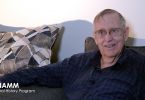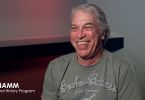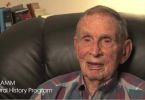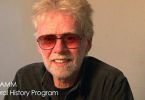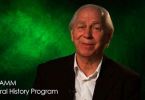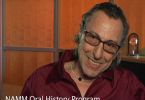Fuzz Tone
Lou Bradley served as a recording engineer in the famous Quonset Hut Studios in Nashville, TN which was operated by Owen Bradley (no relation). Among the thousands of recordings Lou played a part in are “Spooky” by the Classics IV, “Whistle Stop” by Roger Miller (later used by the Disney Company)...
Robert Hobbs is very proud of his father’s role in music. His father, Revis Hobbs, was a radio engineer for station WSM and later created the r/f switch for radio frequency stability. In 1962, Glenn Snoddy asked Revis to provide the circuit board and box for the Fuzz Tone, an idea Glenn had to...
Glenn Snoddy was working in the recording studio in Nashville, when a short on the control board caused Grady Martin's guitar to take on a new sound. The engineers and producer looked at one another and asked if they heard that fuzzy sound. That sound was later requested by other artists who...
Davie Allan was an early user of the fuzz tone boxes in the 1960s and put them to good use on a number of his instrumental hits with the Arrows. He also used the effects on many of the soundtrack works he completed for movie studios over the years. His pioneering sound has been an influence on many...
Gary Stewart Hurst is known around the industry as “Gary the Fuzzman” for being the inventor of the Tone Bender fuzz pedal, which he began producing in the 1960s. Jeff Beck and Jimmy Page started using Gary’s Tone Benders in 1965 and soon demand for his fuzz pedals came in from around the world....
Dave Pike made an indelible mark on jazz vibraphones! As a percussive based player, Dave wanted to play with both rhythm and pitch and to explore melodies within Bebop riffs. He played with many of the legends of jazz and in doing so created music that would result in his own status as a jazz icon...
